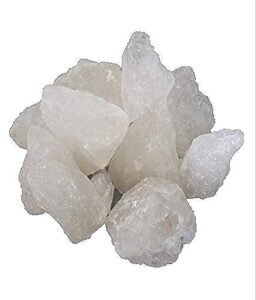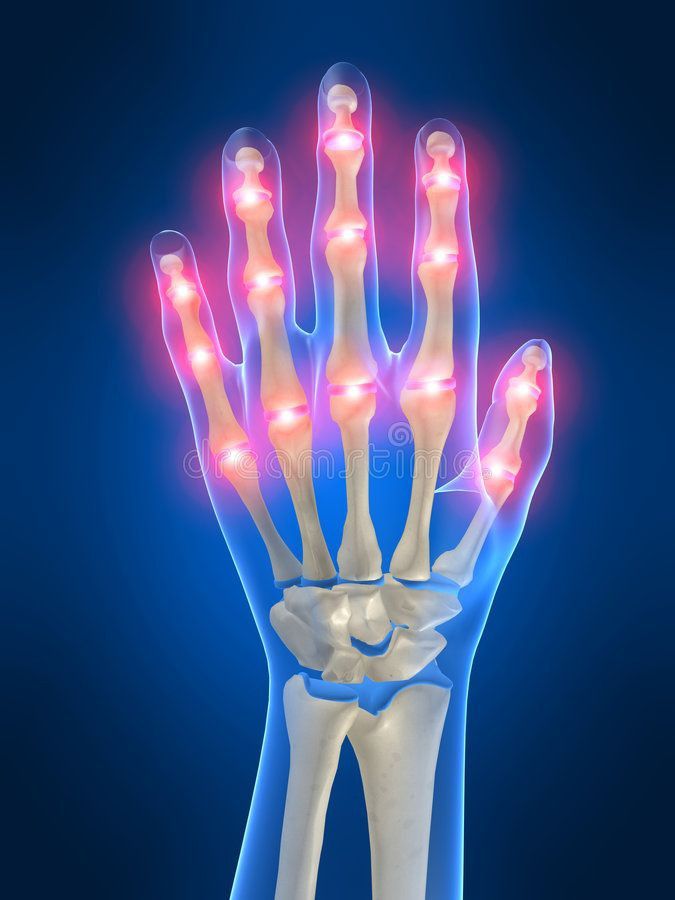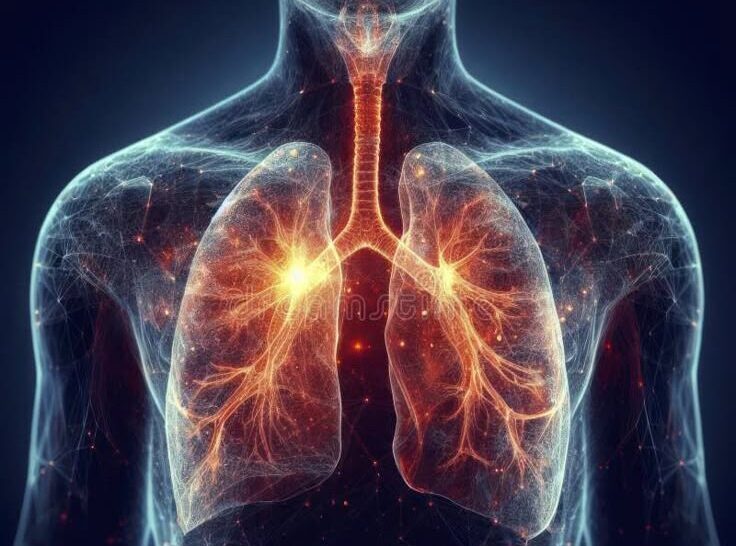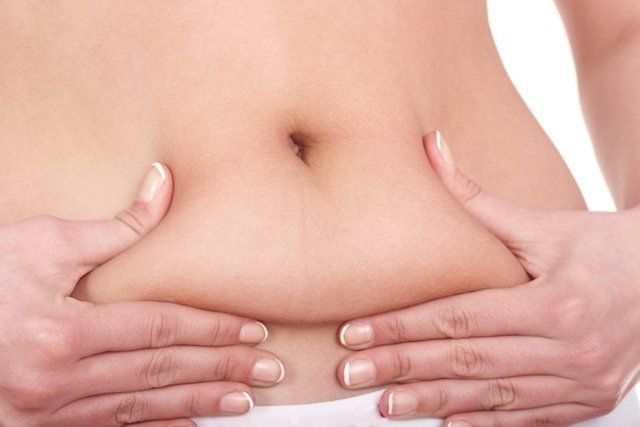What is Padikaram (alum stone)?
Padikaram (Tamil: படிகாரம்), known in English as alum or alum stone, is a naturally occurring mineral with the chemical name potassium aluminum sulfate (KAl(SO₄)₂·12H₂O). It has a long history of use in traditional medicine, personal care, water purification, and dyeing. Click For More Product

Traditional Uses and Benefits:
1. Oral Care
-
Used as a mouthwash to treat mouth ulcers, gum infections, and bad breath.
-
A pinch of powdered alum in warm water is traditionally used for gargling to relieve sore throat.
2. Wound Healing & Antiseptic
-
Its astringent and antiseptic properties help in stopping bleeding from minor cuts, abrasions, or shaving nicks.
-
Often used as an aftershave block to soothe the skin and disinfect small cuts.

3. Skin Care
-
Used in traditional cosmetics as a natural deodorant (kills odor-causing bacteria).
-
Helpful in reducing acne and tightening skin pores.
-
Sometimes used in home remedies for pigmentation or dark underarms.
4. Water Purification
-
A small amount of alum is added to turbid water; it helps in settling suspended particles, making the water clearer.
-
Widely used in villages for purifying drinking water.
5. Dyeing and Tanning
-
Acts as a mordant in natural dyeing processes, helping dyes bind better to fabric.
-
Used in traditional leather tanning.
6. Traditional Medicine (Siddha, Ayurveda)
-
Used internally in very small quantities for treating diarrhea, dysentery, and worms (under supervision).
-
Mixed with other herbs for external applications in joint pain, skin diseases, and fungal infections. Click For Purchase
Cautions for Using Padikaram (Alum):
1. Internal Consumption
-
Strictly avoid regular or high-dose ingestion. Alum can be toxic to the kidneys and nervous system in large amounts.
-
Internal use should be done only under medical supervision, especially in Siddha or Ayurvedic formulations.
-
Not recommended for pregnant or breastfeeding women unless prescribed by a qualified practitioner.
2. Topical Use
-
Prolonged use on the skin can cause dryness, irritation, or burning sensations, especially in people with sensitive skin.
-
Always do a patch test before applying it to large or delicate skin areas (like the face or underarms).

3. Children
-
Avoid using on infants or small children, especially on broken skin or for internal remedies.
4. Eyes and Mucous Membranes
-
Keep away from eyes and sensitive areas (e.g., genitals, inside the nose), as it can cause a stinging or burning sensation.
5. Long-Term Use
-
Long-term topical use as a deodorant or in other applications may alter skin pH or lead to minor aluminum accumulation, although it’s minimal with external use.
6. Storage and Handling
-
Store in a cool, dry place, away from moisture, as alum is hygroscopic (absorbs water from the air).
-
Use clean, dry hands or tools to handle it to prevent contamination and clumping. Click For Purchase
Who Can Take (With Caution and Guidance)
-
Adults (External Use):
-
Safe for general use on skin (as aftershave, deodorant, acne remedy).
-
Can be used as a mouth rinse or throat gargle in diluted form.
-

-
Adults (Internal Use – Only Under Guidance):
-
In very small, prescribed doses, used in Ayurveda/Siddha for:
-
Diarrhea
-
Dysentery
-
Intestinal worms
-
Excessive bleeding
-
-
Must be part of a formulated medicine, not raw alum ingestion.
-
-
Traditional Medicine Practitioners:
-
Use alum in combination with herbs and minerals for specific disorders.
-
Always follow dosage strictly as per classical texts. Click For Purchase
-
Who Should NOT Take or Use Internally
-
Children (especially under 12):
-
Avoid internal use.
-
External use should be very mild and under supervision (e.g., small wounds).
-
-
Pregnant and Breastfeeding Women:
-
Avoid internal use, unless advised by a qualified practitioner.
-
Topical use like foot soaks or water purification is generally safe.
-
-
People with Kidney Issues:
-
Alum contains aluminum compounds, which can be stressful on kidneys if ingested.
-
Internal use is contraindicated.
-
-
People with Allergic/Sensitive Skin:
-
May experience irritation or rashes with topical use.
-
Patch test is essential.
-
-
People with Anemia or Weak Immunity:
-
Internal use might interfere with mineral absorption in some cases.
-
Better to avoid unless advised by a doctor.
-

Theme of Padikaram (Alum):
🔹 Purification and Clarity
-
Alum is best known for its role in cleansing impurities—in water, in the body, and even in energy/spiritual rituals (in some folk traditions).
-
It represents the removal of the unnecessary to restore balance and clarity.
-
In water purification, it settles down the murkiness, which can be seen as a metaphor for mental and physical detoxification.
🔹 Astringency and Boundaries
-
Its astringent quality draws things together—tightens skin, heals wounds, and reduces bleeding.
-
Symbolically, it teaches the value of containment, structure, and healing through discipline.
🔹 Invisible Strength
-
Though simple and crystalline in form, its hidden power lies in subtle action—whether in stopping bleeding, clearing infections, or preserving health through unseen mechanisms.
-
It embodies quiet strength and protection.
🔹 Balance and Moderation
-
A powerful substance, but only when used in small, correct doses—too much can harm.
-
This reflects the philosophy of balance in nature and life: that healing often lies in precision, not abundance. Click For Purchase
Conclusion
Padikaram, though humble in appearance, holds a powerful place in traditional healing systems and daily life. Its ability to cleanse, heal, and protect reflects deep wisdom in natural medicine. Whether clarifying water, soothing wounds, or purifying the body, alum reminds us that nature’s remedies are often simple yet profound. However, like all potent substances, its benefits are best realized through knowledge, moderation, and mindful use.







